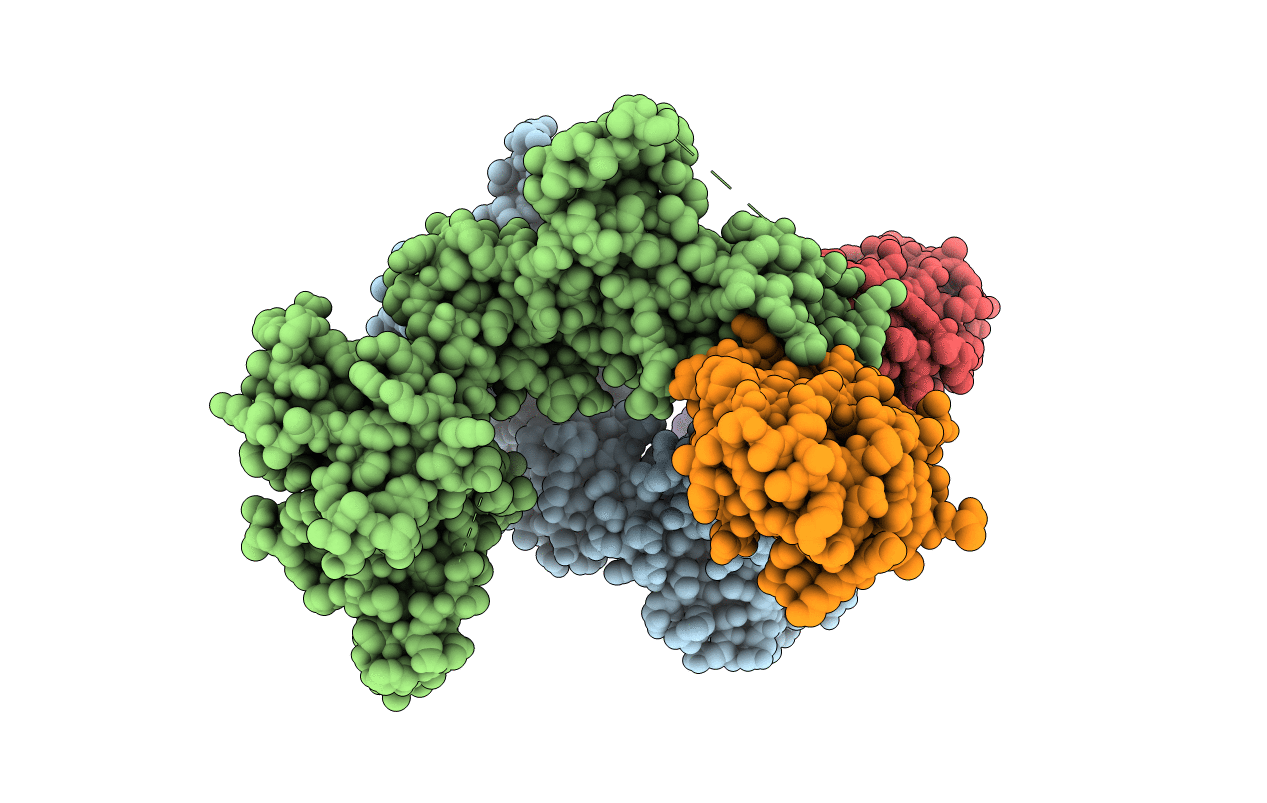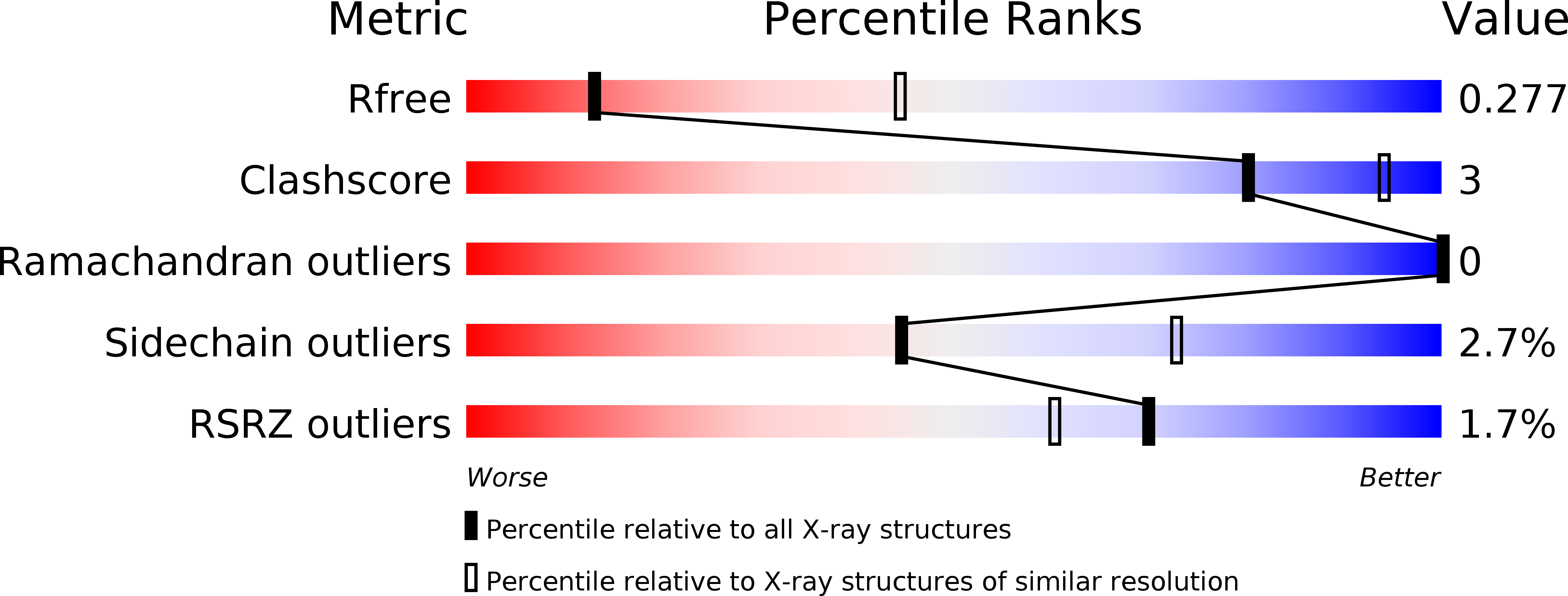
Deposition Date
2016-12-27
Release Date
2017-06-14
Last Version Date
2024-03-06
Method Details:
Experimental Method:
Resolution:
3.24 Å
R-Value Free:
0.27
R-Value Work:
0.22
R-Value Observed:
0.22
Space Group:
C 1 2 1


